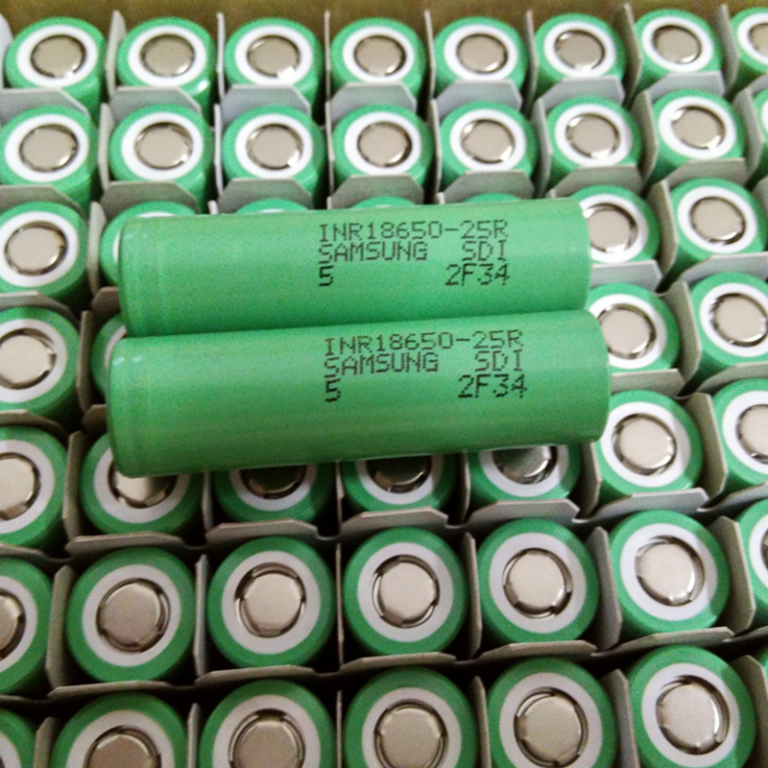Battery State of Charge (SOC) is a critical parameter in determining the amount of energy available in a battery at a particular time. The SOC of a battery is expressed as a percentage and indicates the amount of energy stored in the battery compared to its total capacity. It is a measure of how much energy is left in the battery after it has been discharged.
Battery SOC is an important parameter in battery management systems (BMS) as it provides critical information about the performance and health of the battery. It helps to determine the remaining energy in the battery, which is useful for estimating the range of an electric vehicle, or the remaining runtime of a portable device. It is also useful in determining the charging state of the battery, which is important for maintaining the health of the battery.
How is Battery SOC Measured?
Battery SOC can be measured using various methods, including voltage measurement, coulomb counting, and impedance spectroscopy.
Voltage measurement is the most common method of measuring SOC, as it is relatively simple and inexpensive. The voltage of a battery is directly proportional to its SOC, meaning that a higher voltage corresponds to a higher SOC. However, the voltage measurement method has limitations, as it can be affected by factors such as temperature and the age of the battery.
Coulomb counting is another method of measuring SOC, which involves measuring the flow of electric charge in and out of the battery. This method is more accurate than voltage measurement, but it requires complex electronics and can be affected by factors such as temperature and aging.
Impedance spectroscopy is a newer method of measuring SOC, which involves measuring the impedance of the battery at various frequencies. This method is highly accurate and can provide detailed information about the internal state of the battery, but it is also more complex and expensive than the other methods.
Why is Battery SOC Important?
Battery SOC is important because it provides critical information about the performance and health of the battery. It is useful for determining the remaining energy in the battery, which is important for estimating the range of an electric vehicle, or the remaining runtime of a portable device.
Battery SOC is also useful for determining the charging state of the battery, which is important for maintaining the health of the battery. Overcharging or undercharging a battery can lead to reduced capacity and shortened lifespan, so it is important to monitor the charging state of the battery and ensure that it is charged correctly.
In addition, Battery SOC is important for safety reasons. Over-discharging a battery can lead to a loss of power and potentially dangerous situations, while overcharging a battery can lead to overheating and even explosions. Monitoring the SOC of a battery can help to prevent these safety hazards and ensure that the battery is being used safely.
Conclusion
Battery SOC is a critical parameter in determining the performance and health of a battery. It is useful for determining the remaining energy in the battery, the charging state of the battery, and for ensuring the safety of the battery. Battery SOC can be measured using various methods, including voltage measurement, coulomb counting, and impedance spectroscopy. As battery technology continues to improve, Battery SOC will continue to play a critical role in battery management systems and the development of new battery applications.
Related Articles
What is Battery Depth of Discharge (DOD)?
How is a Lithium-Ion Battery Made? Step-by-Step Manufacturing Process
Button Coin NiMH Battery Packs — 80mAh Ni-MH Rechargeable 1.2V to 12V for Electronics
High-Capacity UAV Drone LiPo Battery 25C 6S 22.2V 28000mAh–40000mAh for Agriculture Spraying






